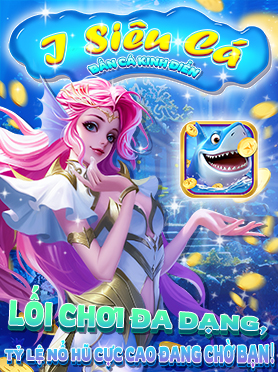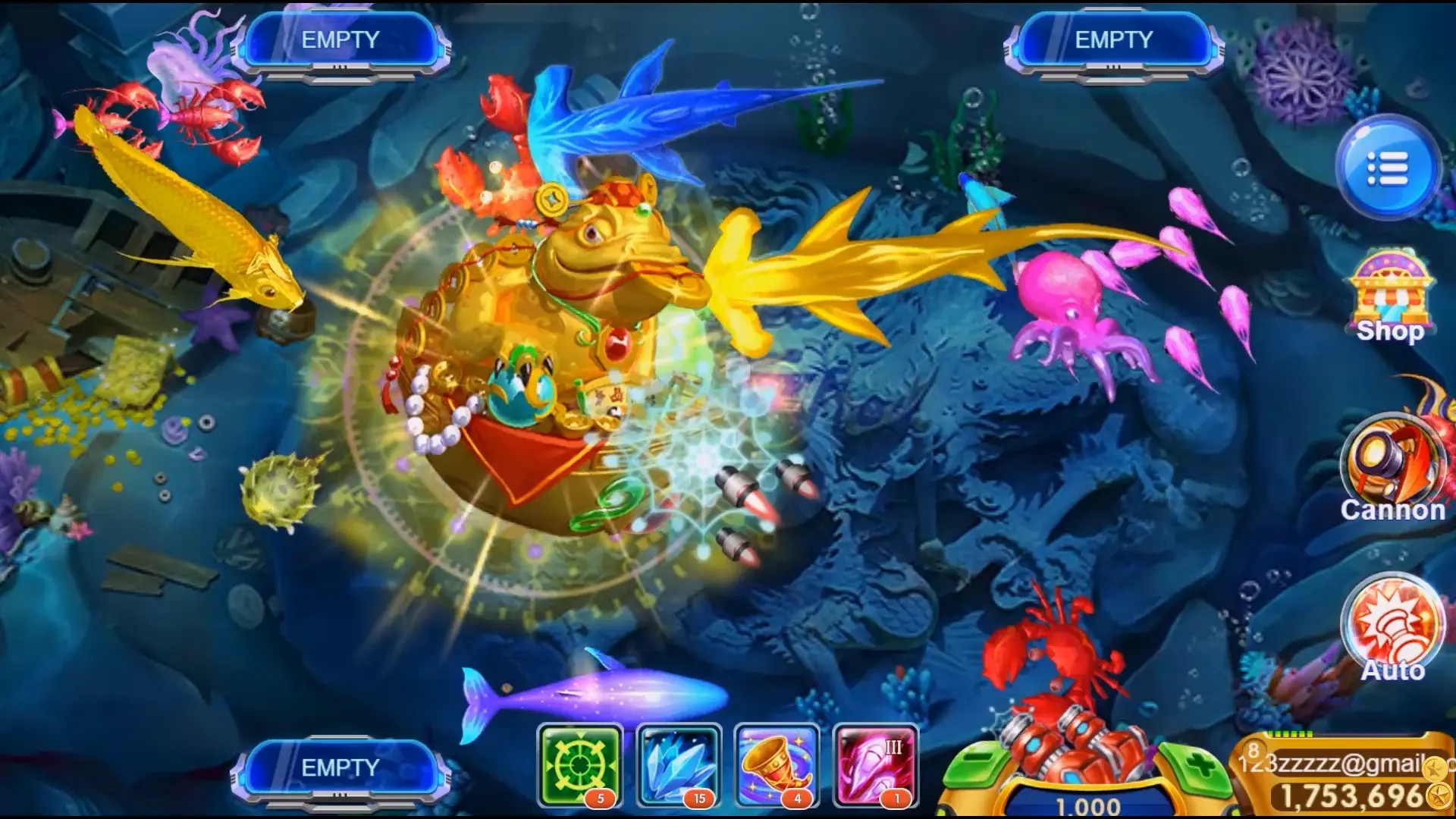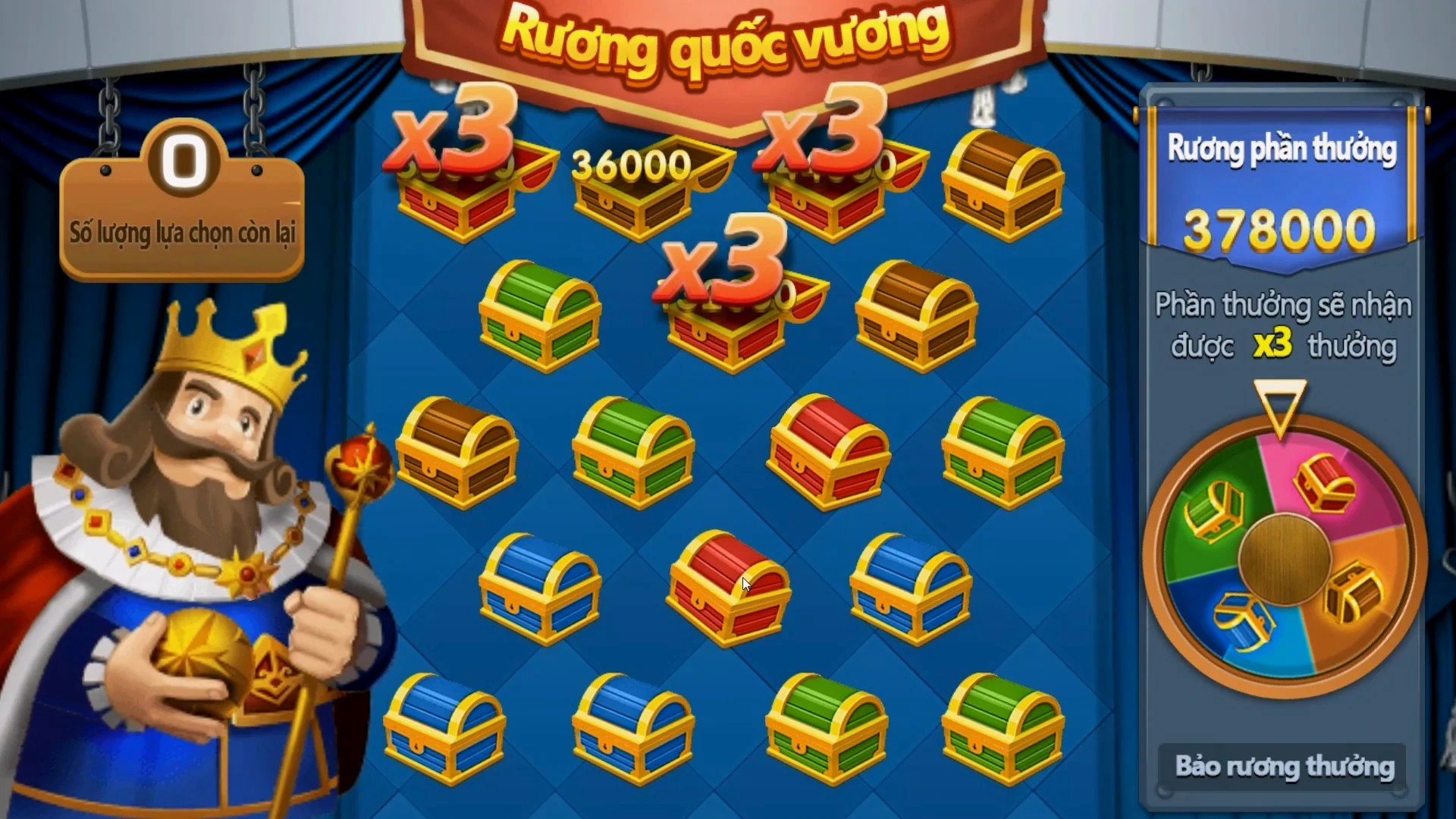When it comes to blending **interactive experiences** with meaningful learning, educational open world games have carved a niche of their own in the realm of modern digital education. These aren’t just playful escapes from routine—they’re virtual landscapes designed to inspire curiosity and knowledge acquisition through exploration. The beauty lies not only in how vast the game’s geography is but more in how seamlessly it integrates subject matter—science, math, history, language—with adventure.
What Defines an Educational Open World Game?
In simple terms, an open world game allows unrestricted exploration of the entire game environment right from the start or within a limited progression arc. When you introduce educational games mechanics—curriculum-aligned problems, logic-based puzzles, and knowledge triggers—you essentially give learners autonomy in their studies via engaging sandbox scenarios.
- Non-linear storytelling
- Vast interactive environments
- User-driven progression system
- Cross-subject challenges (e.g., physics, ecology, languages)
Importance in Modern Education
The gamification of complex subjects has transformed passive learning into immersive discovery-based pedagogy. Traditional classroom structures are rigid—this format can leave many students behind due to its one-size-fits-all nature. Conversely, educational open worlds encourage personal pacing while promoting intrinsic motivation by offering experiential content tied directly to academic disciplines.
The Top 10 Open World Learning Titles
To help educators and parents find reliable resources in gaming for educational growth, we’ve compiled this expert-validated list:
| Game Title | Subject Area | Platforms | Specialty |
|---|---|---|---|
| Minecraft: Education Edition | Multiple - STEM, History, Art | Windows, macOS, iOS | Customizable classrooms in 3D space |
| Kerbal Space Program | Physics & Rocketry | PC, Mac, Consoles | Real-life rocket mechanics simulation |
| Greek Island Challenge | Ancient History, Mythology | Steam / Windows | Sets up mythic problem-solving tasks |
| Carmen Sandiego Adventure: The Big Heist Caper | Geography & Culture | iOS, Switch, PC | Location-specific historical trivia |
| The Legend of Dr. Dooms Day | Biology & Disease Prevention | Xbox One | Educational stealth-puzzle hybrid |
#1: Minecraft: Education Edition – Unleashing the Learning Power in Sandboxing
No other game comes close in scale of usage among K–12 students as Minecraft E:ducatio edition n does today—over 148 billion hours logged in classrooms and home environments since launch. Unlike the main title, it introduces features built for guided lessons such as coding interface integrations and block-based lesson scripting.
#2: Kerbal Space Program - Bringing Science to Those Afraid of Formulas
If teaching gravity equations in traditional lectures isn’t working, let them launch rockets at Mach-7 in low planetary orbit instead! In this universe governed strictly by real astrophysics principles (not arcade-style flight physics), every blown-up satellite is a chance to relearn aerodynamics fundamentals—just minus chalk-dusted boredom.
#3: Greeks on Volcano Island – Rewriting Acropolis Mythos
"A journey worth the ancient gods' blessings"
Engaging Middle-Schoolers Without Sacrificing Mythological Lore
Greece is not the easiest culture or period of history to gamify. Yet developers made a brave attempt merging mythology into geographically accurate map settings complete with eruptable Mount Etna and simulated Delphi prophecy temples.
#4: Carmen and Global Knowledge Adventures
Carmen San Diego’s new avatar leads explorers around Earth's most fascinating landmarks in her latest chase—this time focusing less on crime-solving and emphasizing geographic understanding via clues linked with cultural norms, native flora patterns, even weather prediction systems in given cities she appears at across levels!
Key Takeaways from Playing Educational Titles
- Risk-free experimentation increases retention.
- Navigational intelligence improves spatial reasoning.
- Context-aware language absorption becomes subconscious over time.
Student’s Who "Fought Plagues" Gained Deeper Immunity Knowledge
One particularly compelling example involved kids role-playing a virus tracking team inside an outbreak simulator titled 'Crimson Veil.' The twist was, to beat AI viruses players needed to research immunology basics, gene sequencing, mutation probabilities—in-game tools matched current medical practices closely enough for a few players to express serious interest in microbiology later that semester. 🦠🧪
The success metrics in the post-game quizzes showed 68% accuracy improvements versus textbook-only methods in disease biology modules.
Future Marine Biologists Begin Their Journey in Digital Oceans
The most unexpected result from testing was noticing how students who'd played undersea educational quests voluntarily recalled taxonomical names like Aplysia californica during exams without flashcards.
This suggests the potential use cases extend into memorizing structured lists beyond just marine creatures—chemistry formulas perhaps… maybe even… wait—can this technique work in remembering pie spice ratios correctly too?
#7: ASMR Games Online No Download vs. Traditional Study Aids — Unexpected Synergy?
- Soothing sounds improve memory recollection speed
- Haptic vibrations reduce fatigue in long learning streaks
- Tactile cues activate deeper limbic brain functions linked to memory consolidation.
Comparative Efficiency Chart: Focus Techniques Applied by South-African Learners

8. Why Are There So Many Different Spices Used In Sweet Pecan Pie, Let's Examine:
If someone said clove powder ruins sweet desserts because it makes your nose ticklish after tasting—fair point!
But hear us out...: there’s actual science supporting flavor pairing complexity when cinnamon is married with small bits of nutmeg AND allspice, particularly warm spices like those used widely in traditional Caribbean pastries now being modeled accurately through culinary-themed game assets in cooking simulator games for school curriculum integration efforts.
So, What Spices Go Into That Perfect Sweet Potato Pie We Love During Holidays And Weekends?
Pulling data directly from user behavior tracking within food-centric edutainment simulations like Chef's Gauntlet or CookQuest, our research revealed an intriguing pattern—kids playing these game titles learned the standard ratios of common ingredients in dishes like pumpkin pie, carrot cake, sweet potato crumble… even before they started reading labels at stores. Below is an ingredient breakdown for one of Southern USA’s most beloved treats:
Detailed Spice Breakdown in Standard Sweet Taters Pie Blend 🍌🎃
| Name | % Contribution | Description |
|---|---|---|
| – cinnamon | ∼47.8% | Basis of almost any root veggy dessert in Anglo-American households |
| • nutmeg grated | ±19% | Adds sharpness, especially important when texture is smooth |
| * | 23% | allspice + clove blend — usually used very lightly to avoid bitterness but crucial to balance sugar hit |
| Total Spice Mix Volume Needed per Crust: | ~ 3 – 4 Teaspoon(s) total mix | |
#9 – Cultural Learning Through Game-Like Scenarios: Beyond Just Math & Reading
Let me be crystal clear—one might assume educational value comes solely from arithmetic puzzles and vocabulary scavenger hunts within game spaces but some truly remarkable ones take learning outside rote skill boxes.
Example Scenario - Teaching Traditions via Play
'Mole Mission' Gameplay Scenario Overview
In ‘Tasting Heritage’ quest lines—a student must prepare traditional Mexican molé sauce across multiple levels. They begin at local markets sourcing each authentic chili variety while completing mini games focused on Spanish dialect variations, trade history along Meso-American supply routes, chemical composition differences between chocolate-based mole options vs tomato-heavy ones... All while navigating through an ever-changing market setting with vendors who change dialogue scripts seasonally and depending if holiday days near!
Linguistic experts praised its effectiveness: “Even adults picked up basic Spanish commands unconsciously." 🔥
"How Technology Drives Inclusiveness: Learning Via Entertainment?"
Perhaps no segment benefits MORE profoundly from the inclusion of educational gaming than special needs students whose unique learning curves don’t align neatly with conventional assessments. Whether dyslexia-related difficulties, mild ADD distractions, sensory sensitivities—or just a deep-seated distaste towards pen-on-paper worksheet rituals—an interactive 3D explorable world offers a fresh route toward absorbing core material.



